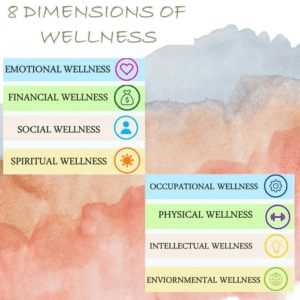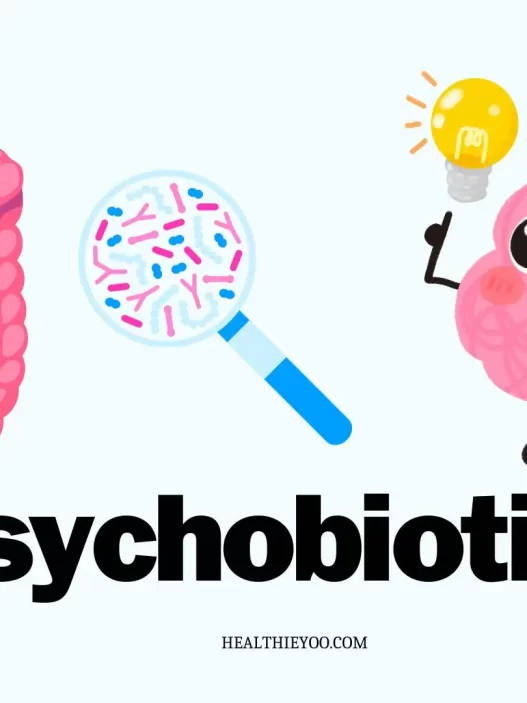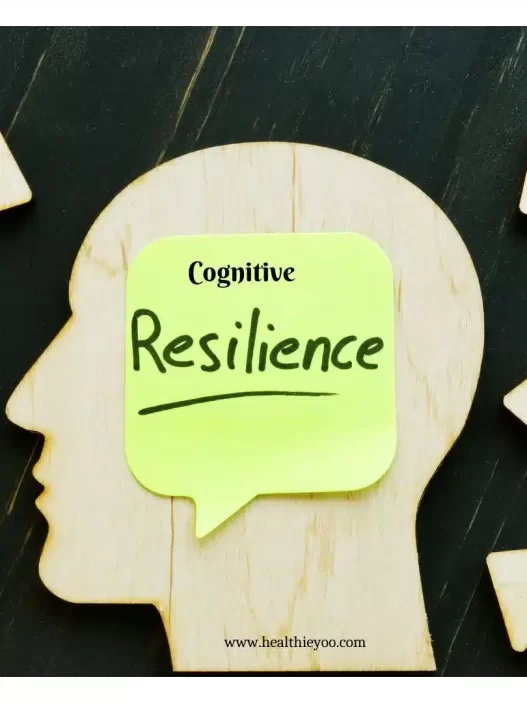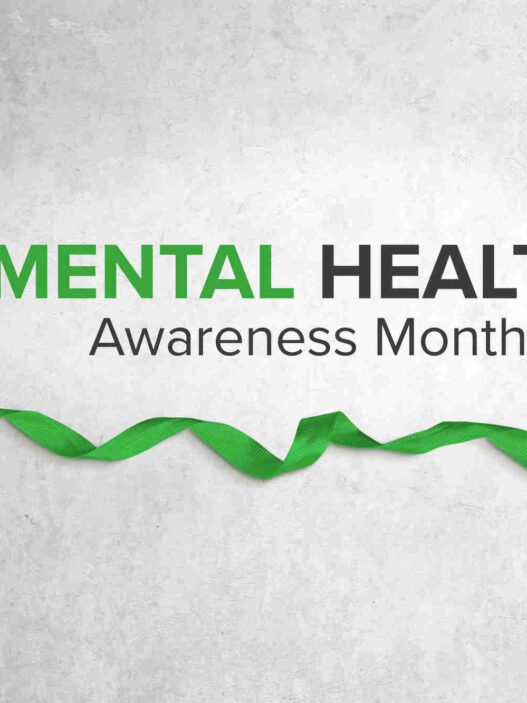Theory Wellness – The 8 Dimensions of Wellness
Here is the theory wellness, the 8 Dimensions of Wellness, and how to maintain a balance – emotional wellness, social wellness, spiritual wellness, occupational wellness, physical wellness, intellectual wellness, and environmental wellness. Know how the components of health are related to wellness. Follow the above dimensions for love wellness.
Daily living is a constant hamster wheel, an agenda full of appointments, life commitments, work expectations and deciding whether you should take care of yourself or not. The balancing act is difficult, and creates distress, burnout, and self-doubt. This circus act becomes unmanageable at times, leading to anxiety attacks, difficulty getting out of bed, canceling appointments, blowing off friends, not showering and/or neglecting everything around you because you just can’t go on. This brings us to our next tool: The level. The level is used to verify points on a plane to establish if they are balanced and even. Without the level, any project you work on would become lopsided and cattywampus, changing the outcome and most likely in a negative way. Without balancing items some areas become stronger, and some areas become weak.
I correlate this to the theory wellness, the “8 Dimensions of Wellness” each part of the pie is an area in your life that needs attention whether it is emotional wellness, environmental wellness, occupational wellness or others as described below. If one piece of the pie starts to stumble, the other areas become strained, making it difficult to keep “the bubble” in the middle of the level. My Dad Curt is “the level” in the family, he exhibits a laid-back approach to all projects, events, and situations. My Dad never waivers too far from the middle of the level, generally finding a way to problem solve and fix the issue or smooth a situation. His ability to create balance calms the waters.
The theory wellness, the “8 Dimensions of Wellness” are Emotional, Financial, Social, Spiritual, Occupational, Physical, Intellectual, and Environmental wellness. SAMHSA is one of my favorites when it comes to guided breakdowns of information regarding your mental health and coping skills. They have an in-depth guide you can use to educate yourself about the 8 Dimensions of wellness at https://store.samhsa.gov/. Balance and Wellness will look different to many, how you choose to live your life, or what to put on your plate, however; we are all constantly looking for ways to find balance and reduce some of those overwhelming feelings.
Let’s take a quick break down of the 8 Dimensions of Wellness, this way you can start to evaluate your own daily wheel, establishing what areas need more attention or where you need to make improvements whether it is emotional, financial, social, occupational or environmental wellness and others. Get out a piece of paper, draw a large circle and divide it up into 8 sections. Follow along with me as we evaluate each piece of the pie. Don’t forget to write down positive things as well as those that need work. Its important to be able to identify what’s going right in your life and not always find the negatives. You have to be able to smile and pat yourself on the back for the hard work you do on a day-to-day basis.
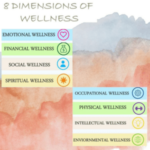
The following are some of the key players in each domain:
Emotional Wellness
Stress Management, Self-image, and positive environment.
Financial Wellness
Monthly budget, paying off debts, and fulfilling your basic needs
Social Wellness
Natural support, Friends, Family support, and positive influences
Spiritual Wellness
Meditation, Guided Imagery, Religious Practice, Deep Inner Connection
Occupational Wellness
Finding balance in work and life, living your passion and full potential
Physical Wellness
Sleep hygiene, Physical exercise, Recommended diet, and nutrition
Intellectual Wellness
Hobbies, Interests, Use of Leisure time, Adventure, and Learning
Environmental Wellness
Positive Spaces, Natural Light, Engaging in Healthy living
As you begin to address these areas of theory wellness, make sure you are asking yourself the proper questions. Such as, “If I were to change this area of my life, what would that look like?” “What is holding me back from complete balance and wellness?” “Do I have the tools necessary to help me make the improvements I desire?” “How can I take my motivation and balance from one area and apply it to another?”
It’s fun to see how this theory wellness wheel starts to take shape, remember to not only focus on areas of improvement but also the items in your life that are going well. This theory wellness wheel tool is important as we journey through our mental health recovery and symptom management.
The level has a glass tube containing an air bubble, your mission is to get that bubble right square in the middle of the two lines. This demonstrates balance, get out your level. Go through the wellness dimensions and gauge whether the bubble is in the middle or totally off to the side. Prioritize and be honest with yourself, which areas need your attention immediately and what steps will you take to make those changes.
As you start to mend all parts of the wheel, you will begin to feel peace, contentment, decreased anxiety, improved motivation, accomplishment, and satisfaction. You will begin to enjoy the luxury of finding balance. Don’t ever put the “level” away, this theory wellness tool can be used daily to help you manage your time, work on your goals, improve your mental health and build a positive environment around you.
Check out Pinterest for more visual aids, follow me on YouTube, Facebook (Vikingland Community Support Program, LinkedIn, and Instagram @beckyschmitz7. Do follow the mental health page of Healthieyoo for more tips.
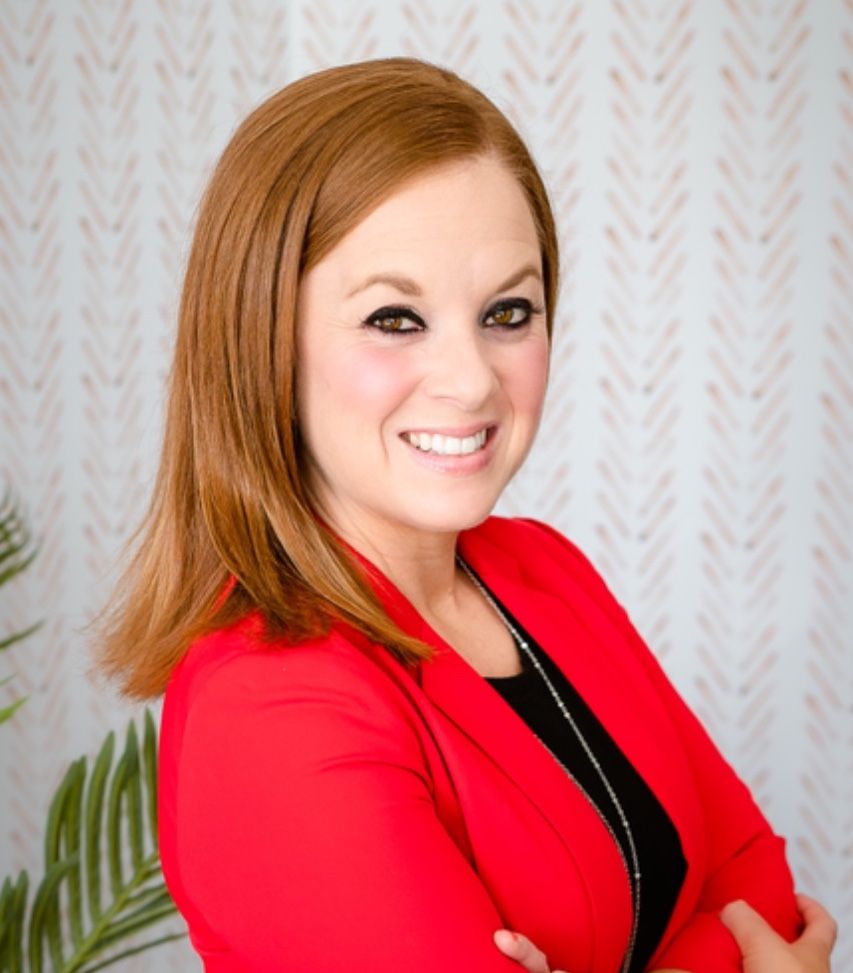
Rebecca (Becky) Schmitz is an Executive Director of Vikingsland Community Support Program at Minnesota, United States serving those with mental illness in the community providing Adult Mental Health Rehabilitative Services. She has been active in the mental health field for 15+ years. Through trial and error with consumers along with her own challenges in life, her passion is to spread information and hope to everyone.
